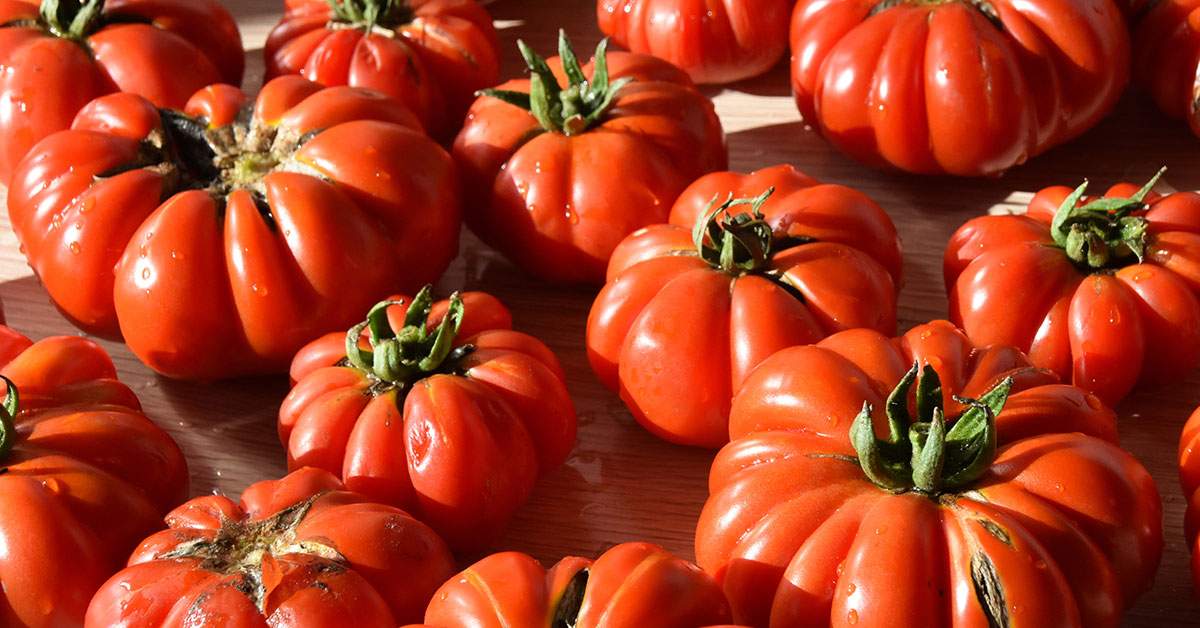Growing pumpkins is a true delight that I never miss out on. I don’t think in the last decade there has been a summer where I didn’t grow a pumpkin or two. They’re my favorite fall decoration, and when they start to rot, my chickens love to feast on them. But part of growing hearty, orange pumpkins is providing them with adequate pumpkin fertilizers. This can be achieved in several ways.
Organic and conventional pumpkin fertilizers
Pumpkins sap a lot of nutrients from the soil, nitrogen and phosphorous in particular. In order to grow pumpkins, especially larger varieties, you need to make sure that your plants have enough nutrients in the soil. Providing fertilizers can help. These are some of the best organic and conventional pumpkin fertilizers.
5-10-5 fertilizer
If you’re looking for a no-frills, buy it in the store type fertilizer, a simple 5-10-5 fertilizer that’s heavy in phosphorous will do the trick. Just follow the instructions on the packaging and you pretty much can’t go wrong.
Fish fertilizer
Fish fertilizer is another good option for fertilizing pumpkins, but it shouldn’t be provided by itself. Fish fertilizer is low in N-P-K but is absolutely chock full with tons of organic micronutrients that plants can’t seem to get enough of. Applying fish emulsion a few times per summer yields big pumpkins.
Rabbit manure
Rabbit poop is rich in nitrogen and phosphorous, which are two nutrients that pumpkins feed very heavily on. I keep a handful of rabbits pretty much for this exact purpose. They eat weeds and other things on my property and leave behind free manure that make my pumpkins grow huge!
Healthy, organic soil
I’ll let you in on a little secret: I don’t actually fertilize my pumpkin plants with anything I buy in the store. Truthfully, the best fertilizer for pumpkins is healthy, rich top soil with tons of organic material worked in. I spent the fall and winter months piling organic stuff onto my garden, like mulch, leaves, compost, and rabbit manure – I try to just keep adding and adding to the soil. Starting your pumpkin plants in healthy soil that already has the nutrients needed to grow is the best way to go. Keep building your soil with organic material and you won’t be spending money on fertilizer.
When to feed your pumpkin plants
Pumpkins go through three main growth phases: vegetation, flowering, and fruiting. During the first few weeks, in order to support vine growth, provide a nitrogen-heavy fertilizer. These fertilizers are best provided in late spring and early summer. Rabbit manure is a sufficient fertilizer for this period.
For a few weeks following the growth period, a heavy phosphorous fertilizer can be provided to help the vine produce strong, viable flowers that in turn will create pumpkins. When your pumpkins do start to begin to bear fruit, switching to a fertilizer that’s heavy in potassium will help your pumpkins grow nice and big.













